Inside Armenia's shipping container cities
The lost survivors of the Gyumri earthquake
Armen Hovsepyan was just four months old when his life crumbled around him. A 6.8 magnitude earthquake – one of the largest natural disasters to strike within the borders of the Soviet Union – hit on December 7, 1988, virtually wiping the town of Spitak off the map and leaving Gyumri, Armenia’s second-largest city and Hovsepyan’s home, in heaps of rubble.
Hovespyan’s mother, Bavakan, stood barefoot and devastated in the snow. Before Armen was born she had spent years trying to have a child and now that she’d finally had her son he was trapped behind a metal door and blocked by a collapsed staircase. "My mom actually fainted,” Hovsepyan said. “She couldn't believe that after so many years she wouldn't be able to see me."
Seven hours later, Bavakan managed to break into the apartment and found Armen covered in dust – miraculously, safe and sound. "Our whole district was all gone and there was just one pillar [with] me [on it],” Hovsepyan said.
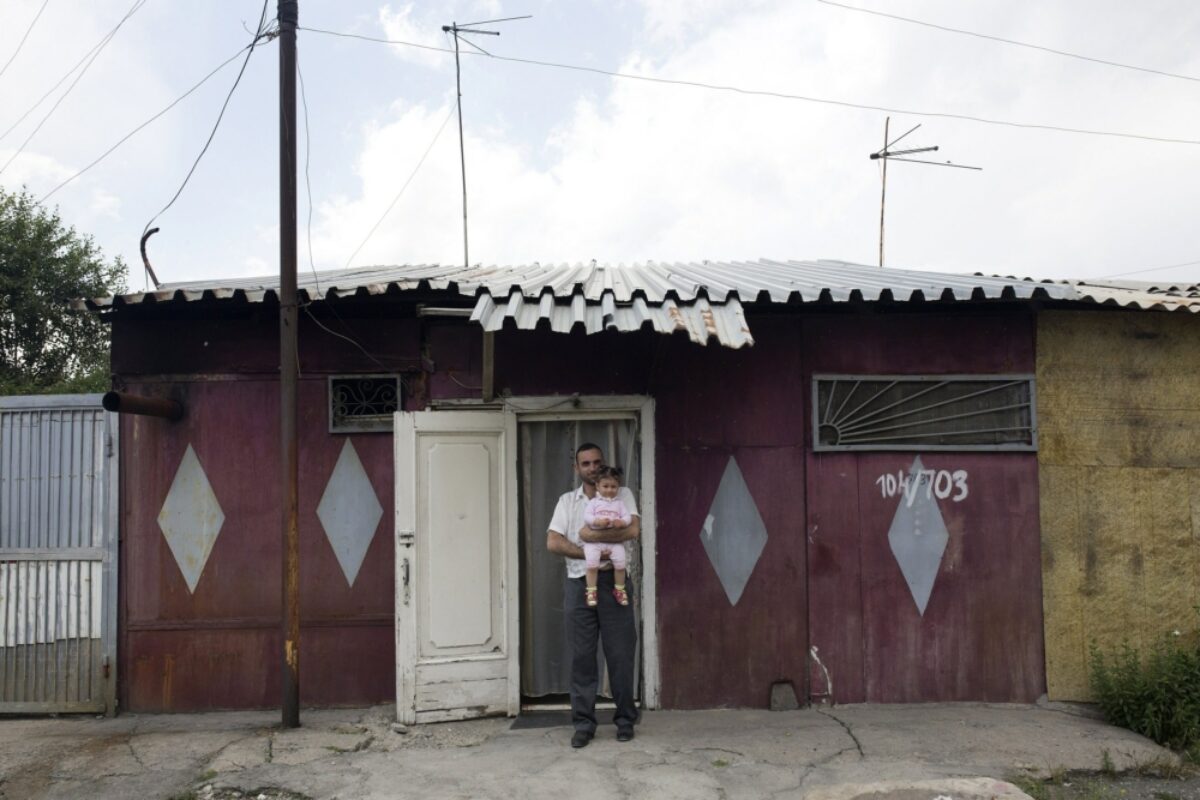
Father and daughter outside a domik in Gyumri
Credit: Stephanie Foden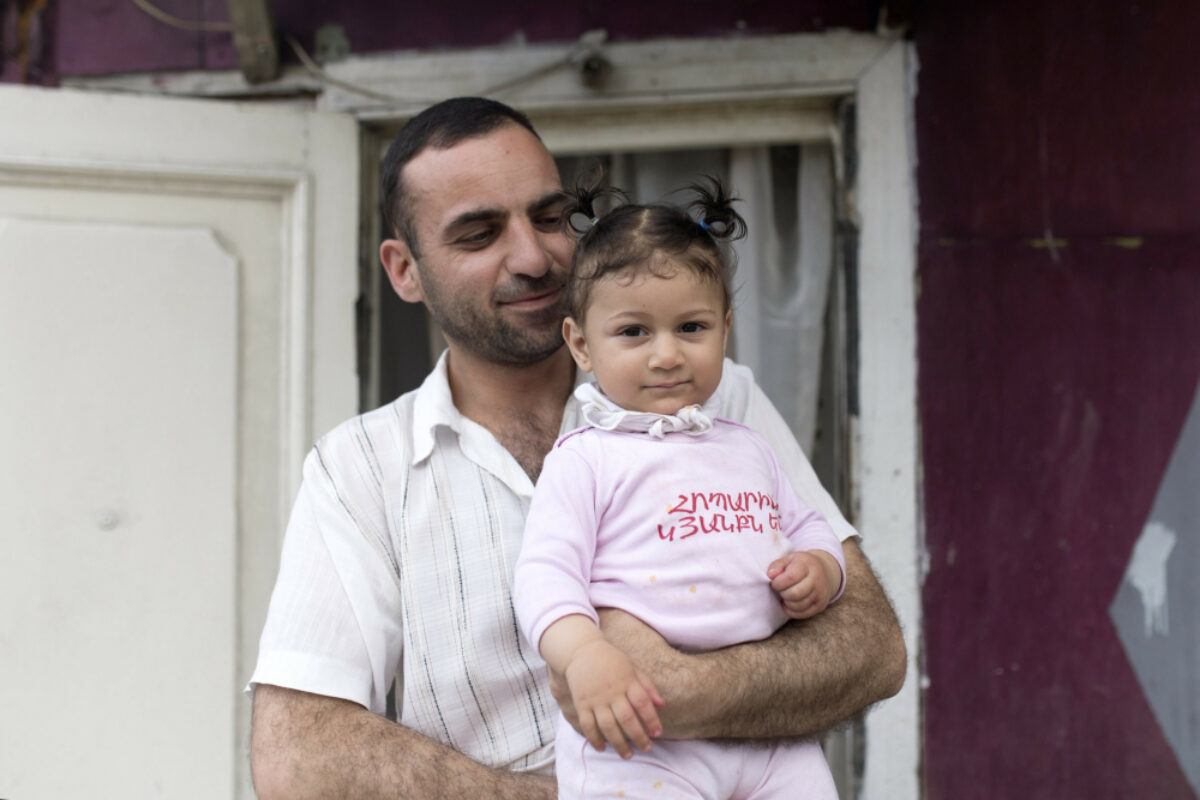
Rafik Papikyan and daughter Milena (1), in their domik
Credit: Stephanie FodenTens of thousands were not as lucky. Between 25,000 and 50,000 were killed in the Spitak earthquake and hundreds of thousands were made homeless. The Soviet Union sent shipping containers filled with supplies and allowed the displaced to stay in the containers while new homes could be rebuilt.
But with the government in Moscow in a shambles and the fall of the Berlin Wall less than a year away, thousands of survivors -- including Hovsepyan and his mother -- were left with their palms open. The internment period in the containers was only estimated to be a few years, but 31 years after the earthquake, nearly 3,000 people still live in shipping containers known as domiks (Russian for little houses).
Hovsepyan – who works at Gyumri’s tourist office – took me to a domik community in a Soviet-era city park. We snaked along dirt paths past stray dogs and a brutish Soviet-era monument until we found rusted boxes tucked between unkempt bushes. The containers were larger than I expected, fused together like Tetris pieces to fit families that have grown exponentially over three decades.
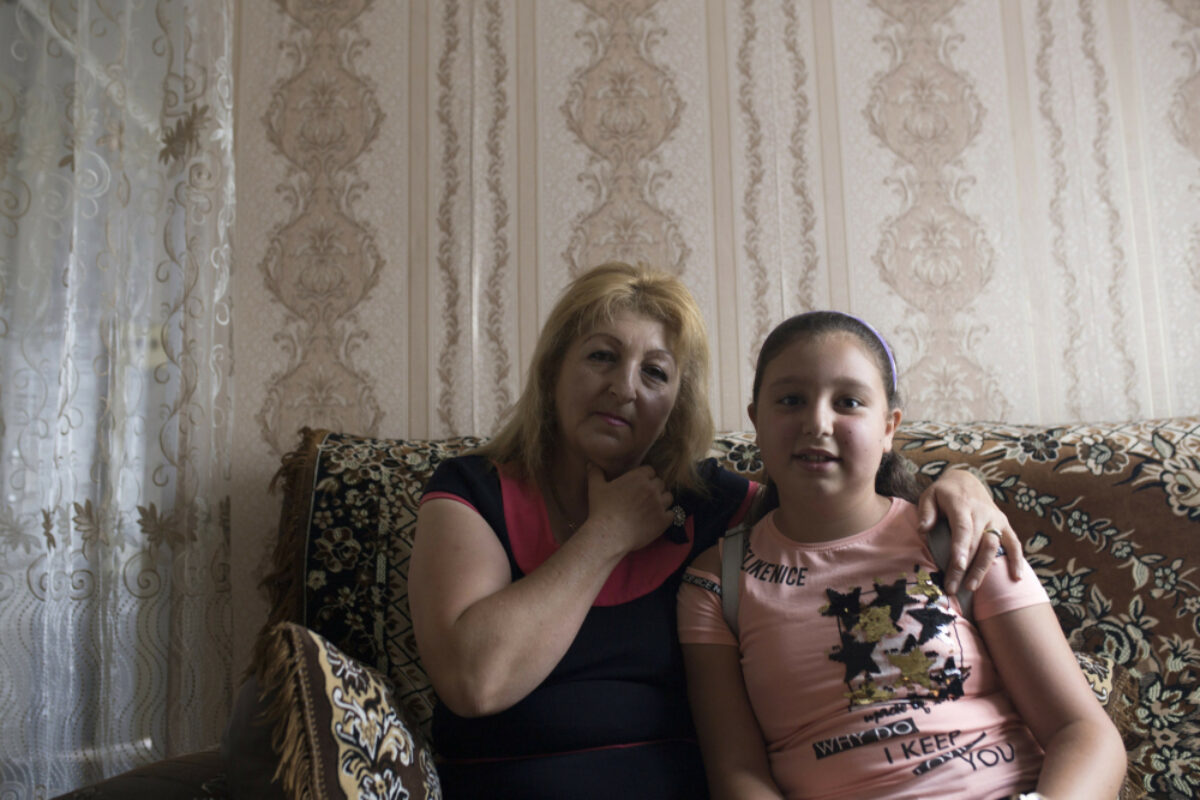
Anahid Hovhannisyan, 53, and daughter Neli Grigorian, 11, in their home in Gyumri.
Credit: Stephanie Foden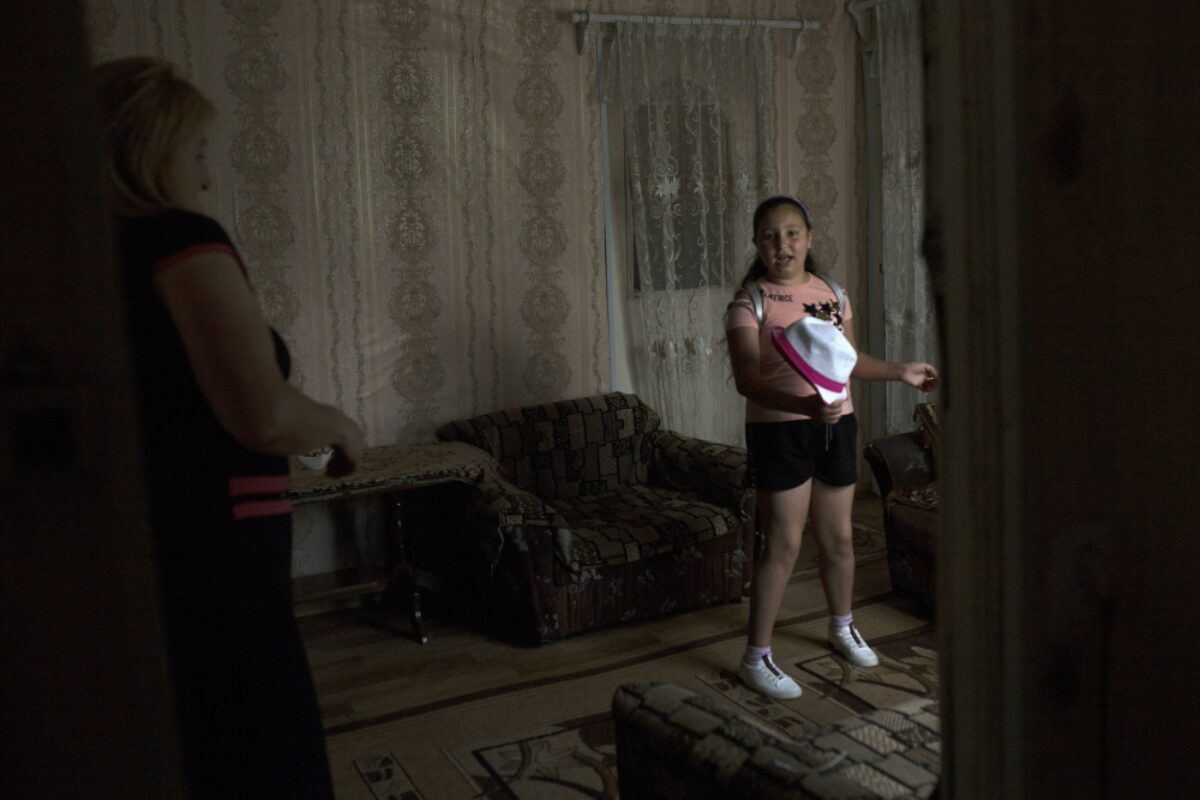
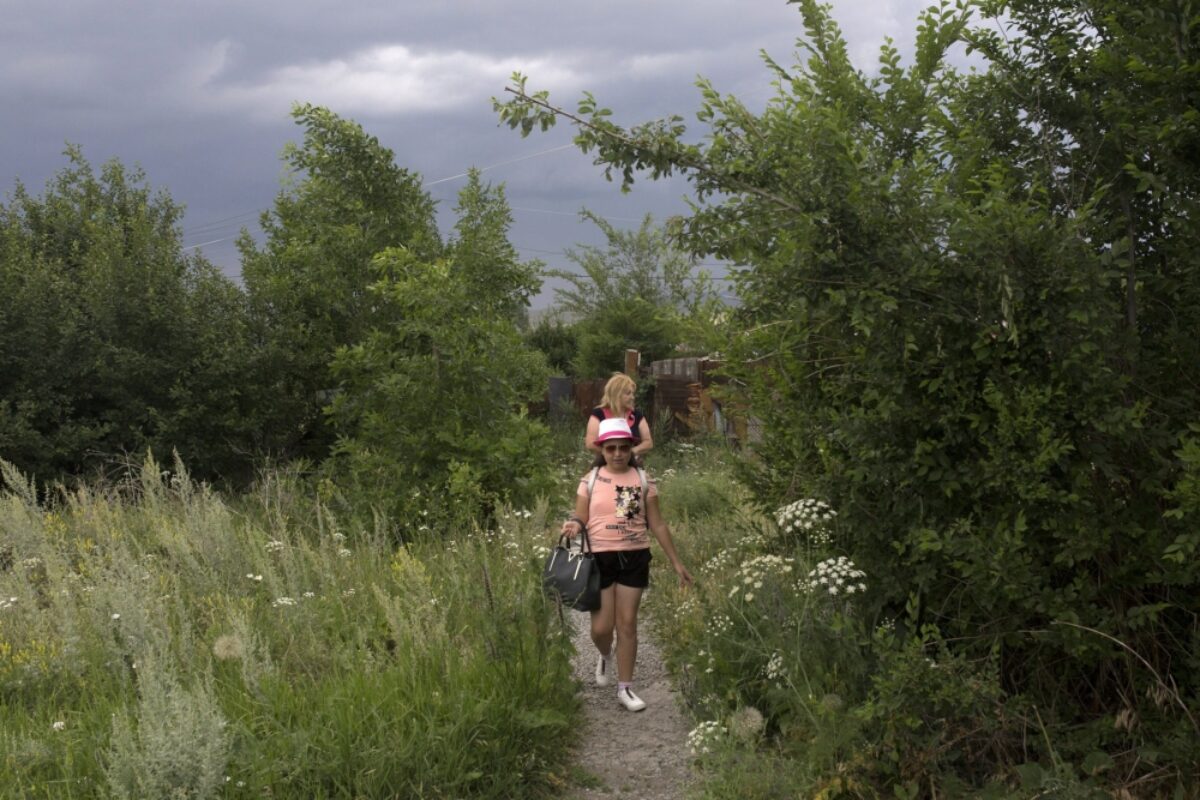
Anahid Hovhannisyan was walking her daughter Neli, 11, home from school on the dirt path when we asked if we could see their container. Out front, a carport was thrown together with hunks of metal, sticks and cloth, while rain damage was evident all over the container walls and staircase. Eight people live in their domik, according to Hovhannisyan, who has suffered from stress-related heart problems ever since the earthquake.
Hovsepyan explained that due to the container’s thin walls it’s easy for water to get in. Cold also seeps in far too easily, with winter temperatures in Gyumri plummeting below -30°C. In summer, domiks become de facto saunas, but the autumn storms are the worst. "My mum is [always] trying to find a place to hide – she’s terrified of the lightning,” he said. “If the lightning hits the container it will just disappear. It will turn into ash.”
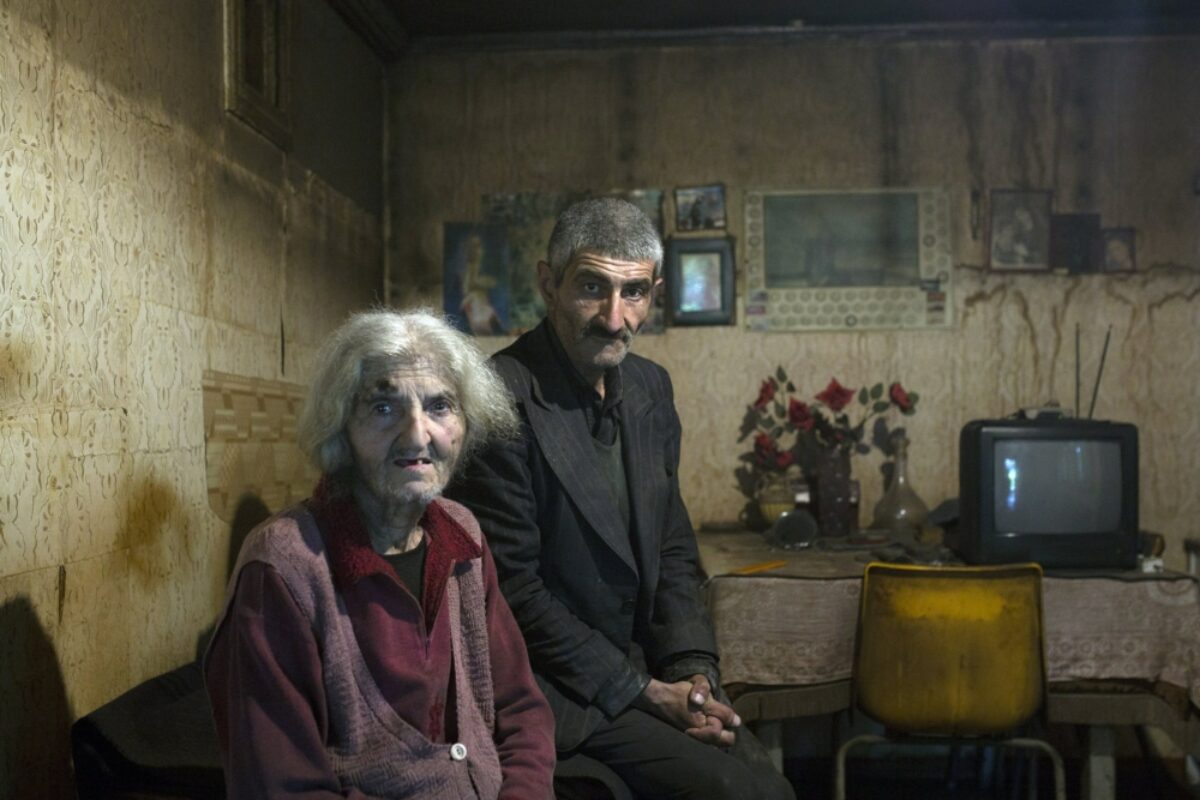
Sada Hamazaspyan, 85 and son Artur Hamazaspyan, 40, in their family home in Gyumri
Credit: Stephanie Foden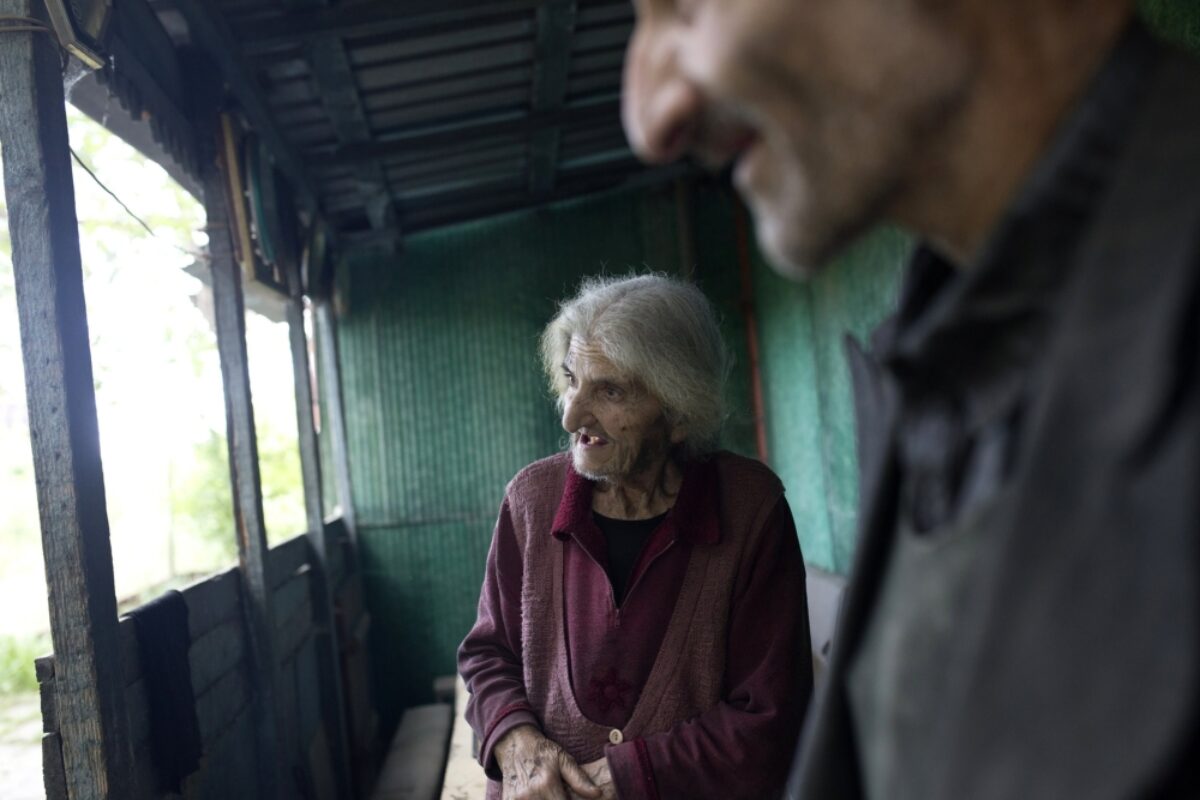
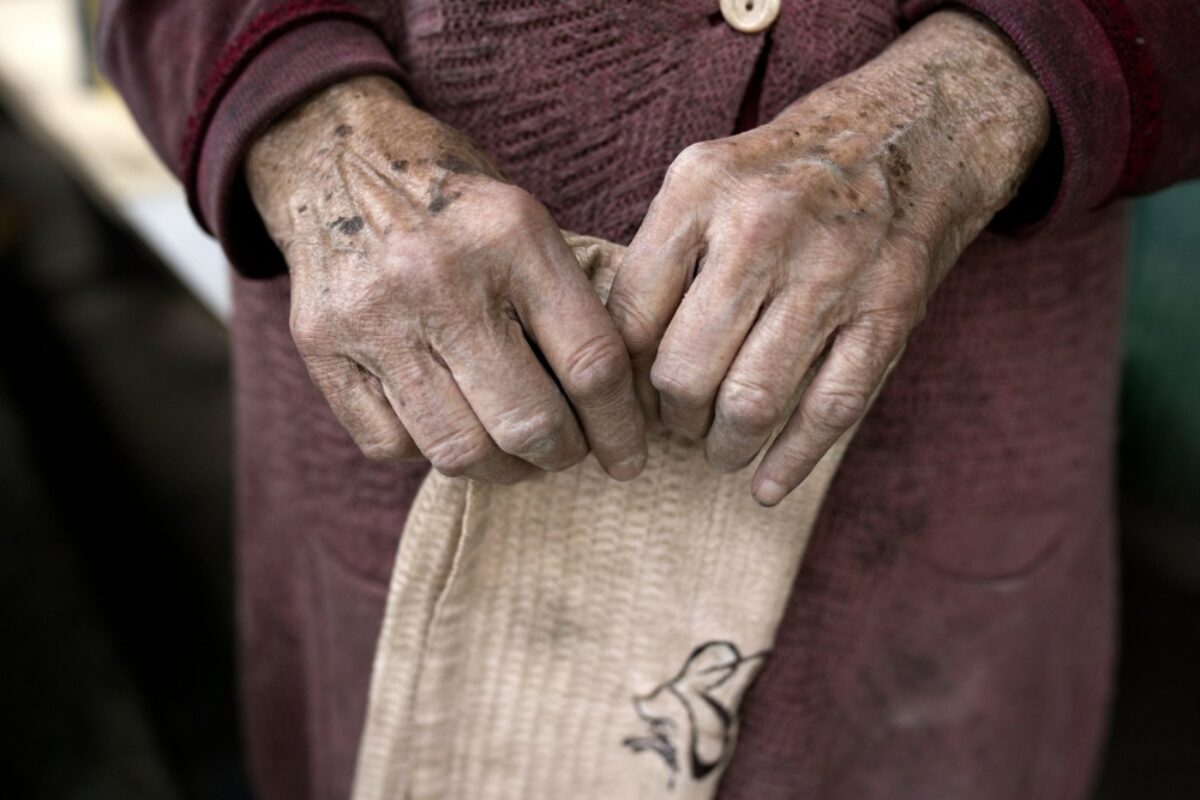
Across Gyumri in the Avtokayan domik community, we were invited inside Zhenya Khachatryan and Georgi Malkhasian’s container where the familiar stuffed animals perched atop the couches and crosses hung on the walls (Armenia was the world’s first Christian nation in the year 301 and the majority remain devout today). Four years earlier, the couple was offered a small apartment, but refused. With two of their children and a grandchild living with them, they’ve outgrown the kind of apartment the government offers survivors.
Hovsepyan explained that survivors are resettled based on their pre-earthquake family size, which doesn’t account for the children and grandkids that come with the decades. They’re also offered apartments in multi-story blocks similar to the ones that collapsed during the earthquake and many domik residents, including Hovsepyan, are scared to live inside them. "Sometimes when I have to be in Yerevan for work I’m in these big buildings it’s terrifying,” he said. “I can’t do it.”
Still, there are plenty who'd love the opportunity to be resettled – even just so they could sell the property and move elsewhere. Hovsepyan, for one, said he’d be open to a new apartment, especially if it’s close to the city. But he’s doubtful.
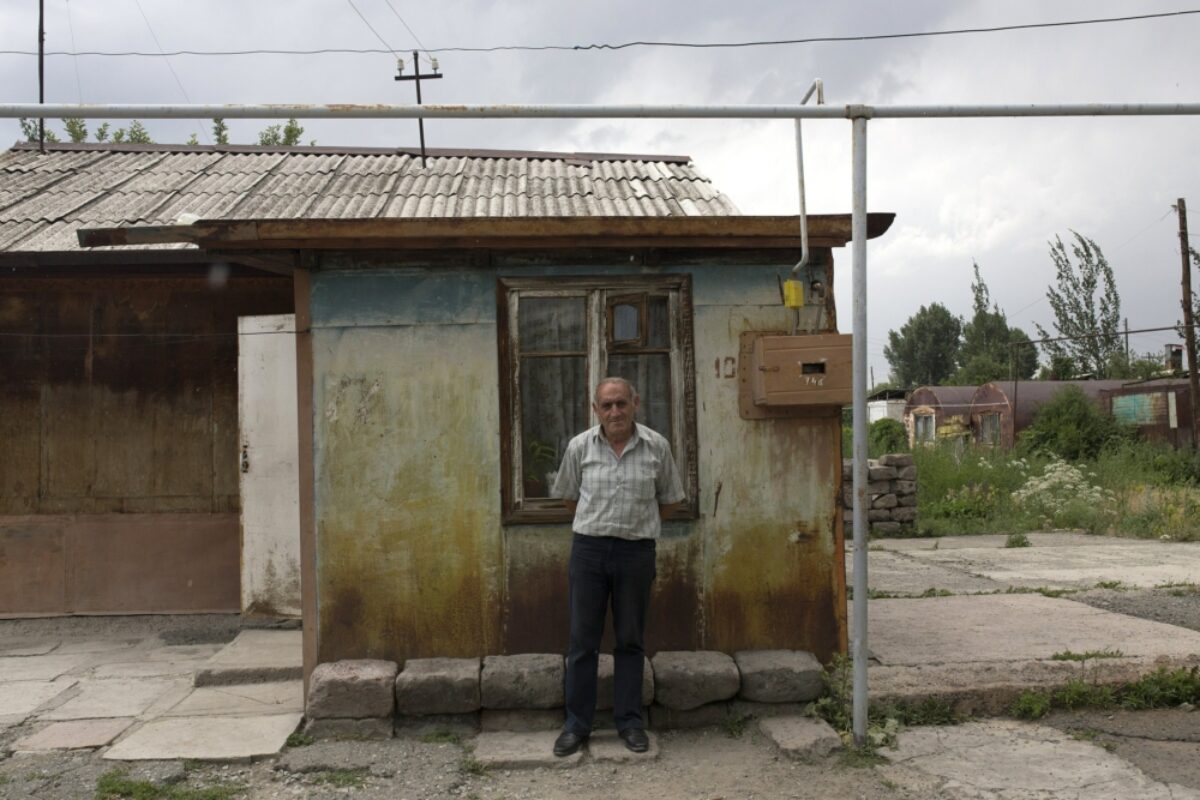
Georgi Malkhasian stands next to his family home in Gyumri
Credit: Stephanie Foden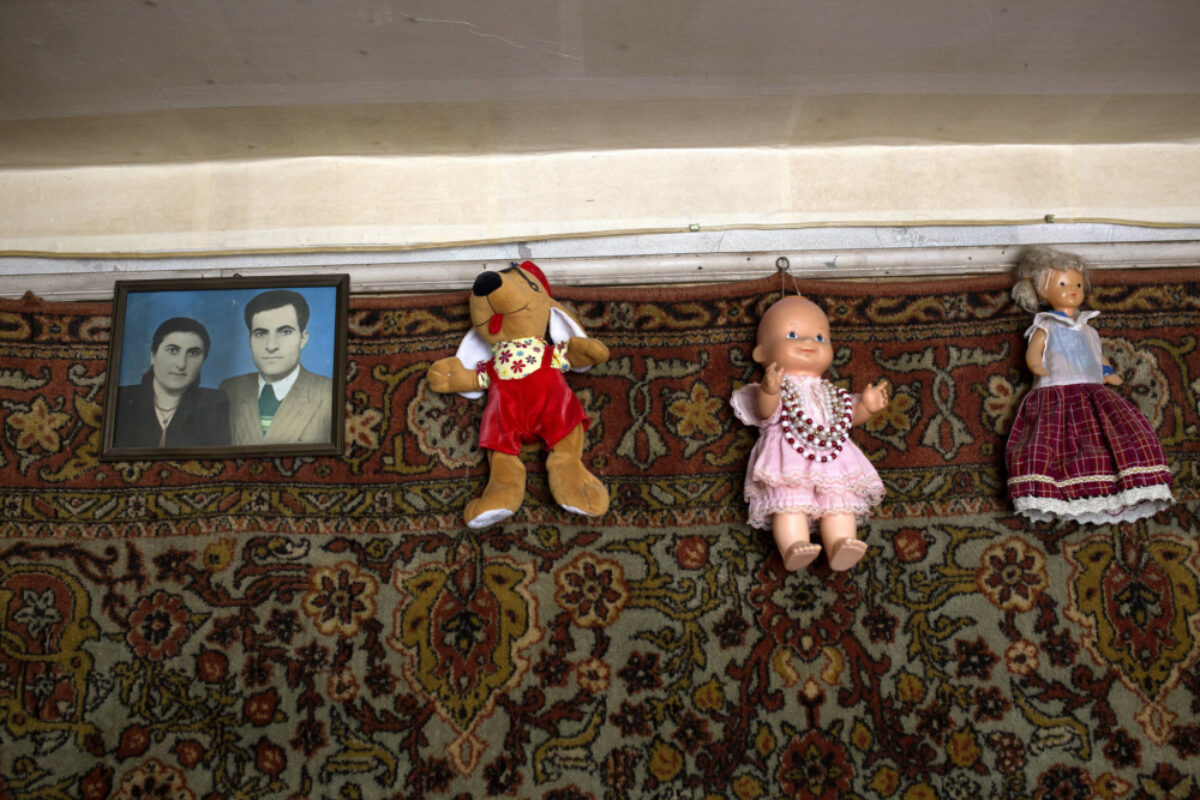
Inside the home of Georgi Malkhasian and Zhenya Khachatryan
Credit: Stephanie Foden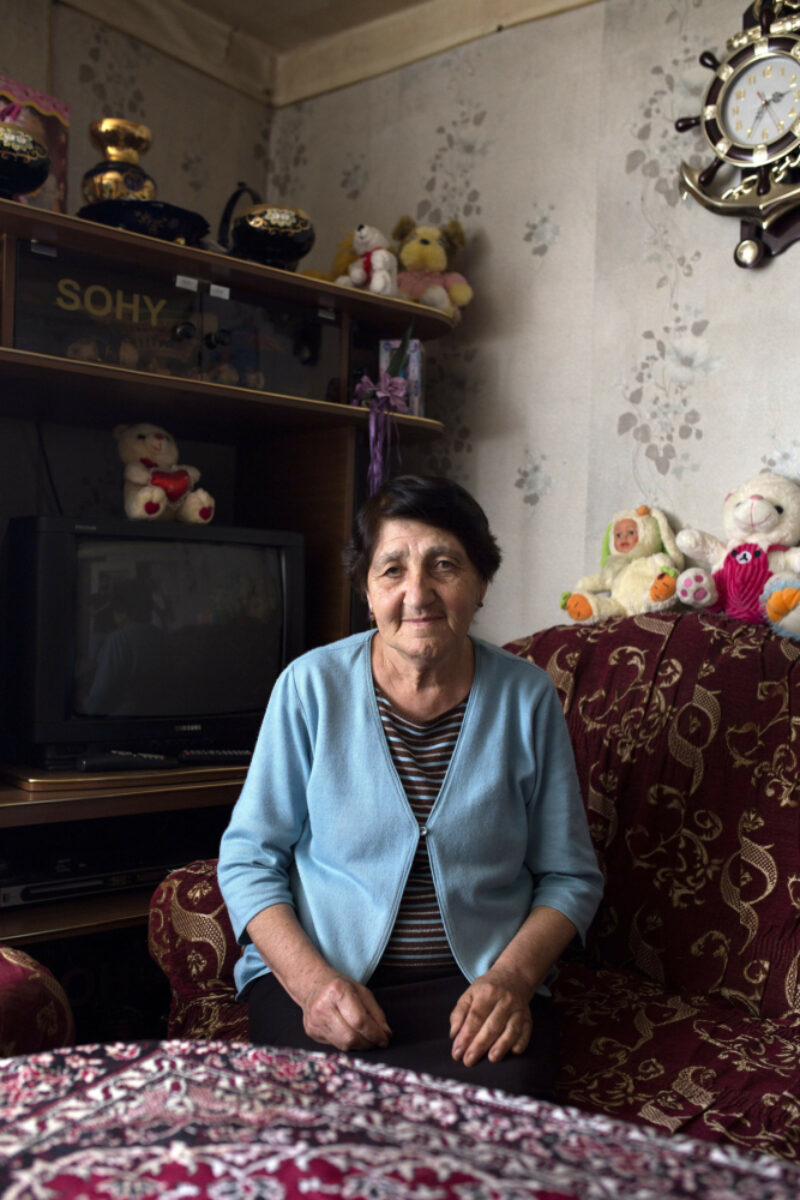
Zhenya Khachatryan in her family home in Gyumri
Credit: Stephanie Foden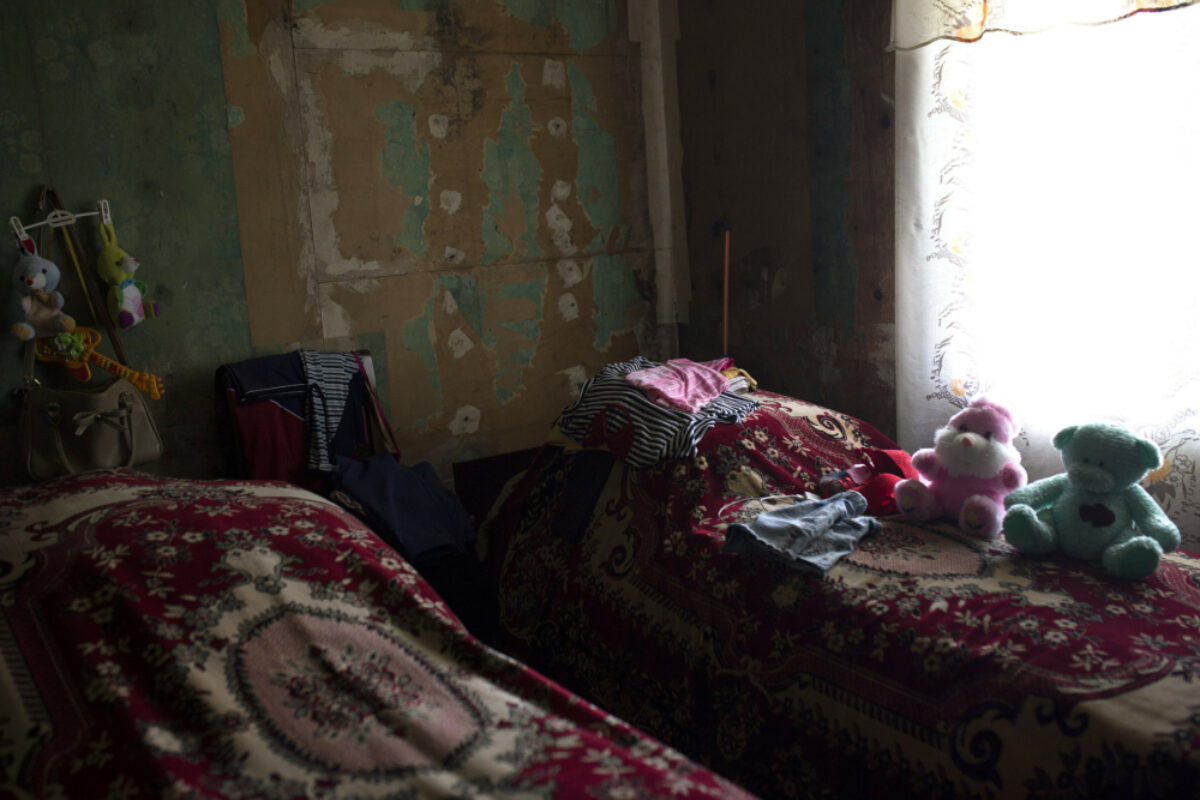
The home of Georgi Malkhasian and Zhenya Khachatryan
Credit: Stephanie FodenOver the past few years, Gyumri has benefited from a major rebuild as the European Bank and private donors provided millions to restore the historic district with cobblestone and repair the central black and apricot All Saviour's Church. At the same time, Armenia is riding a wave of positivity following the 2018 Velvet Revolution which ousted a corrupt government in favour of one that promises transparency and to lift the poor out of poverty. And still, thousands remain in shipping containers and no domik resident I spoke to was hopeful any funds would be spent to help them.
Hovsepyan couldn’t explain why the survivors hadn’t all been offered resettlement but said it’s in Armenia’s DNA to persevere through difficult challenges – the nation has a long history of tragedy, including the infamous mass killings at the hands of the Ottoman Empire between 1915 to 1917 which killed or displaced 1.5 million people. “Since Armenians historically went through so much pain, they’re used to putting up with these painful situations,” he said.




